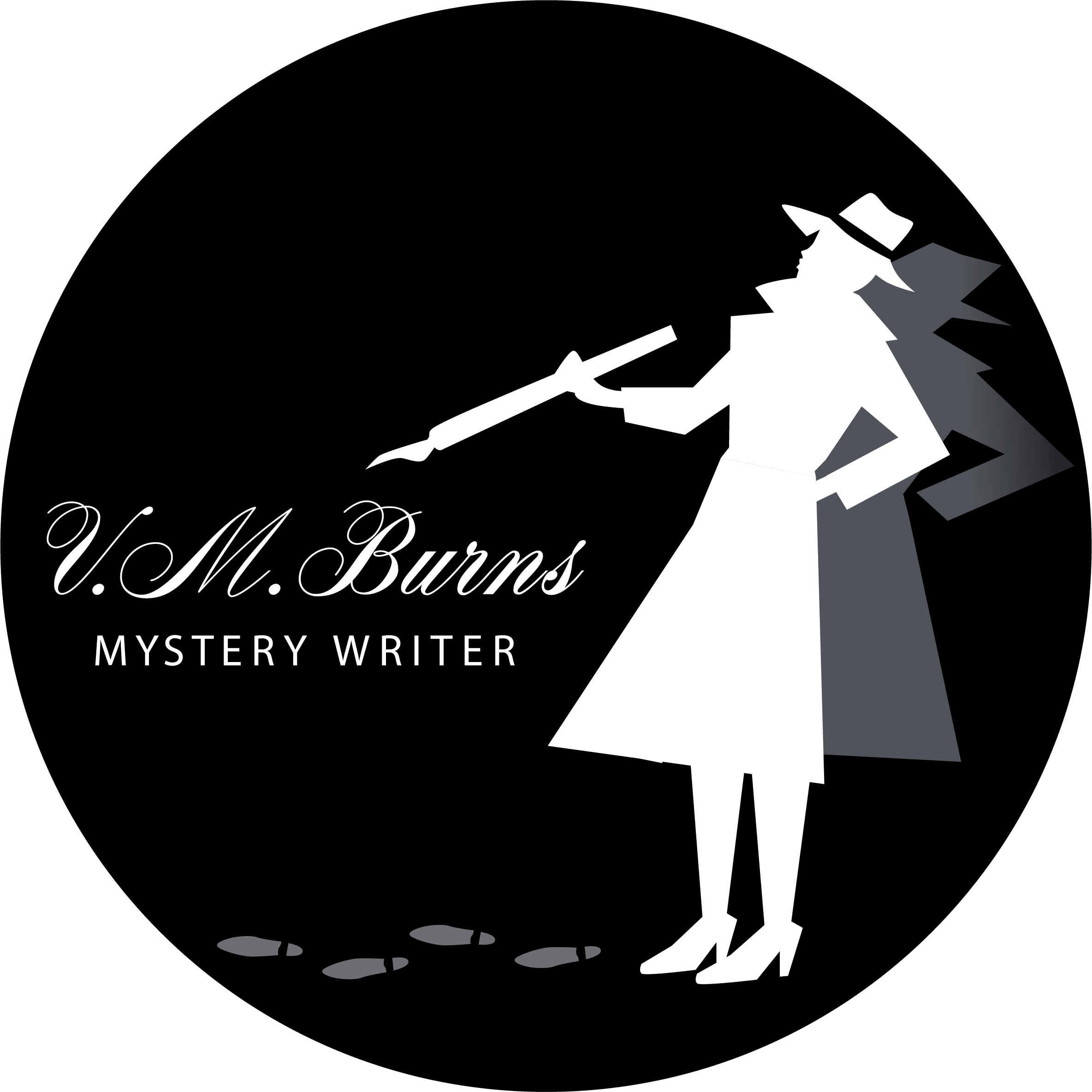I rarely read fiction while I’m writing. Sometimes, I will allow myself to read the latest book in a long running series, like Emily Brightwell’s Inspector and Mrs. Jeffries or Victoria Thompson’s Gaslight Mystery Series, but I don’t read new authors or new books, no matter how enticing. Why? Partly, I don’t want to get ideas from other authors and inadvertently use them in my work in progress, but partly I don’t want to get wrapped up in a story that takes me away from my own stories (and deadlines). Reading new books is a treat I allow myself as a reward when I’ve completed a book. Needless to say, my To-Be-Read pile is huge.
However, as a mystery lover, I do enjoy reading mysteries. So, what’s a mystery writer to do? I reread the masters. For me, that involves Agatha Christie, Rex Stout, and Dorothy Gilman (to name a few). Recently, I’ve been re-reading a lot of Agatha Christie. When I first started reading mysteries, I didn’t enjoy rereading them once I knew Whodunit. However, as a writer, I find it helps if I already know what happens. If I know who the killer is, I can focus on how the clues and red herrings (false clues) were laid out in the book without getting lost in the story.
I’ve read pretty much every Agatha Christie novel at least once, but more likely two or three times. This time, I reread Toward Zero and just as in previous times, I noticed something new. I’ve blogged before about Agatha Christie’s masterful use of misdirection. This time, I noticed the way she redirects the reader away from the murderer in such a subtle manner. She provides the red herrings in a rather obvious manner and the clues are much more subtle. She hints at suspects and conclusions rather than laying them out in black and white. It’s brilliant.
Christie is a master craftsman with many tools in her toolbox. One of the tools she uses in Towards Zero is multiple points-of-view. She sets the foundation for the book early when one of the characters states:
“I like a good detective story,” he said. “But you know, they begin in the wrong place! They begin with the murder. But the murder is the end. The story begins long before that—years before sometimes—with all the causes and events that bring certain people to a certain place at a certain time on a certain day.”
“All converging towards a given spot…And then, when the time comes—over the top! Zero hour. Yes, all of them converging towards zero…”
Over the course of the book, readers meet the characters and learn the events that lead to the murder, but that’s not all. She also shows the events that lead to the resolution. Through the use of multiple points of view and analogies she is able to provide clues in such a subtle way that they really don’t become clear until the end. This isn’t a Miss Marple or Hercule Poirot mystery (although one of the detectives does a “shout out” to Poirot), however just as Miss Marple has a village parallel that helps her recognize character traits, Christie provides a glimpse into the working of characters mindsets through stories. A man who attempts suicide, a barrister sharing information about a case, and a policeman who has a seemingly unrelated event with his daughter’s school, are all the events that lead towards zero in this tale and play a role in not only a murder, but in recognizing the psychology of the murderer.
I won’t give away any spoilers, but I will point out one specific, which I hope won’t ruin the story for anyone who hasn’t read it. There is a bit of a romantic subplot in this book, in fact there are a couple of them. The way she crafted the characters had me wishing for a particular outcome. When it didn’t seem likely the romance would end as I wanted, I was only slightly disappointed, until Christie pulled another rabbit out of the hat. She managed the romantic subplot in a way that was so subtle, that it was like a hint or a whisper rather than a neon sign blinking ROMANCE. There were times where I almost felt she was using the white space to guide me rather than the printed words on the page. Throughout the book, she uses her skill to subtly feed me clues, and guide me to the inevitable conclusion. It was only at the end that I realized how she’d maneuvered me towards zero.
